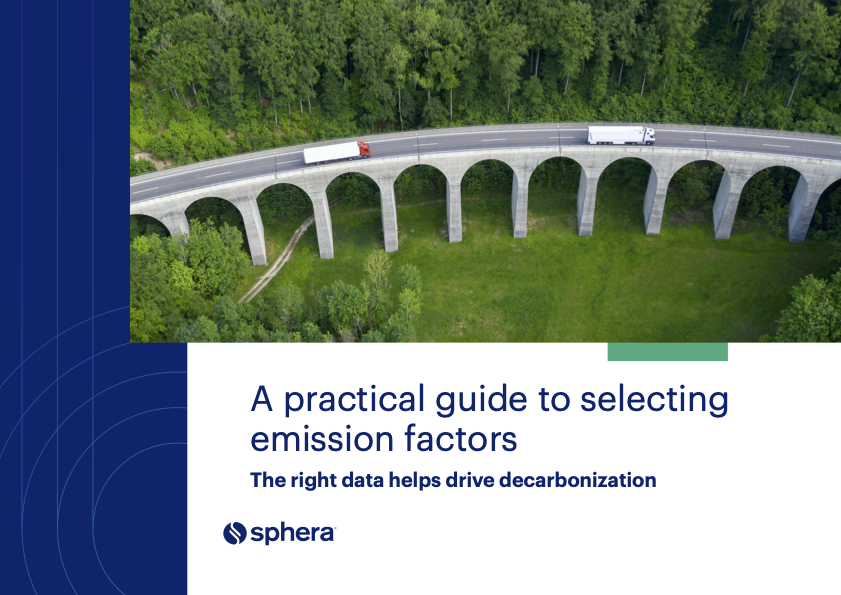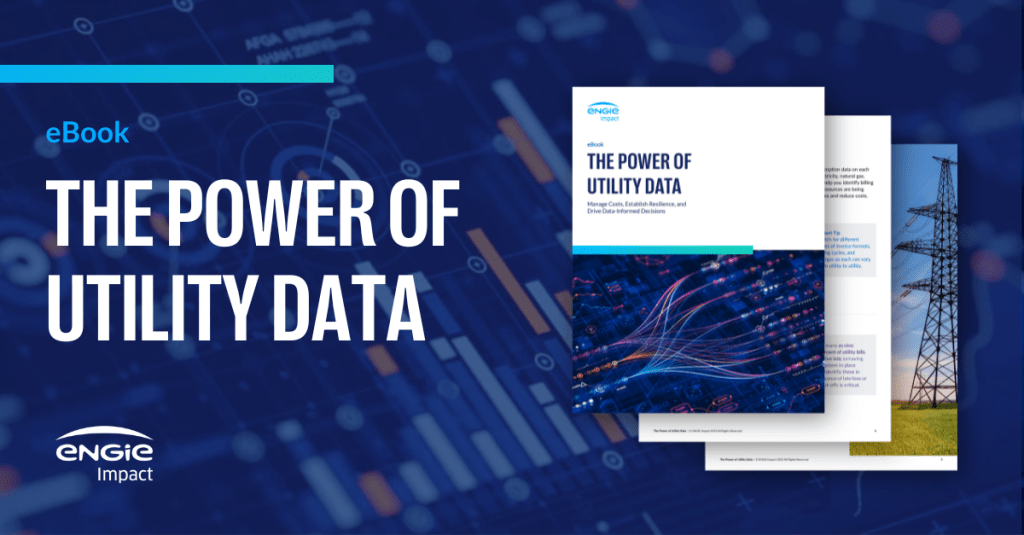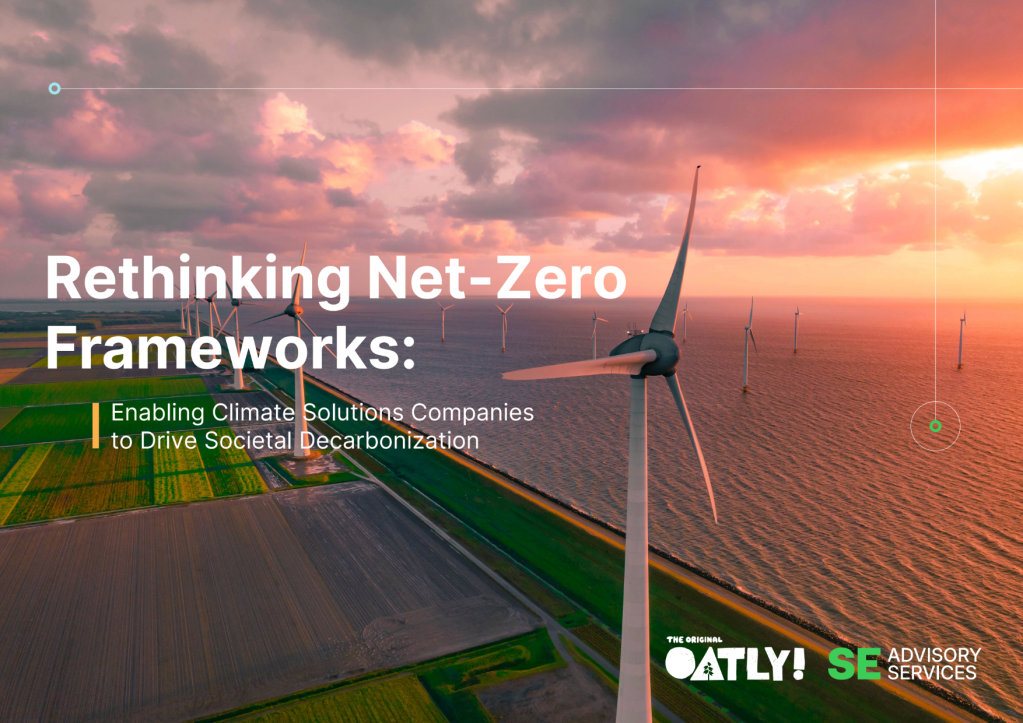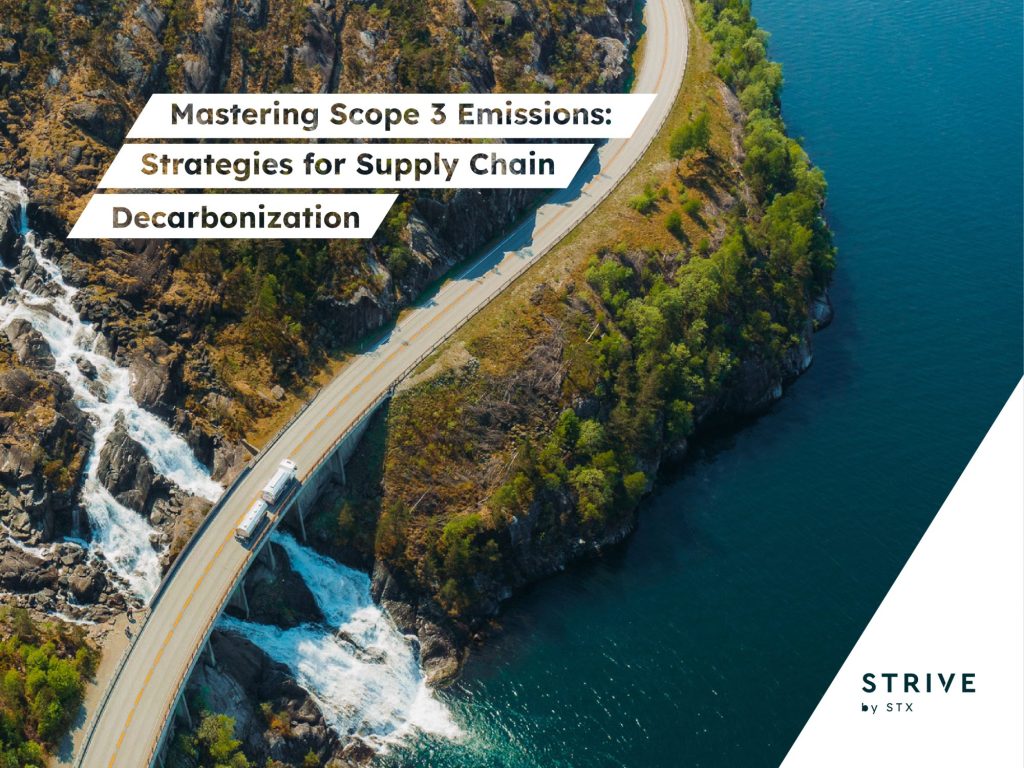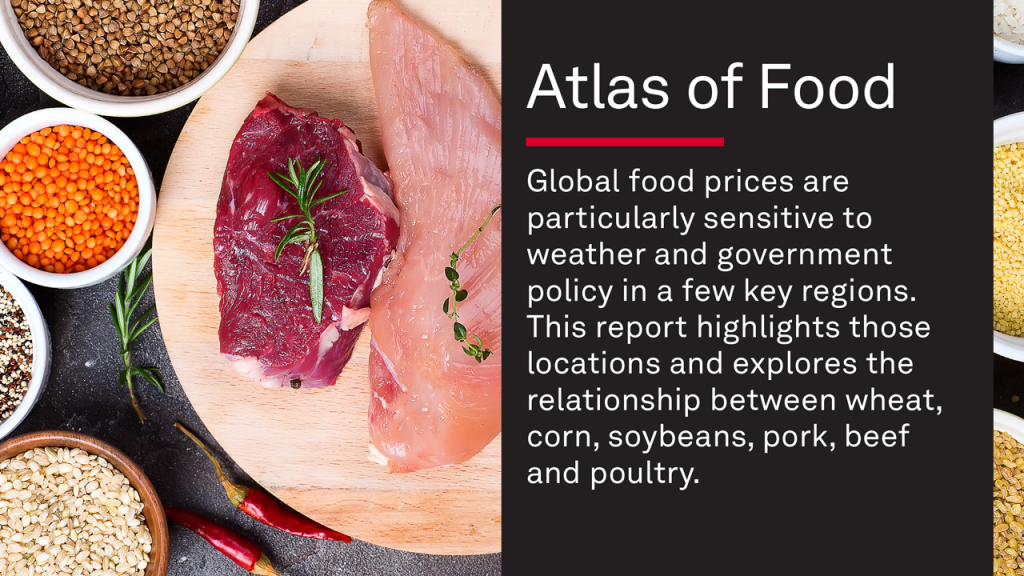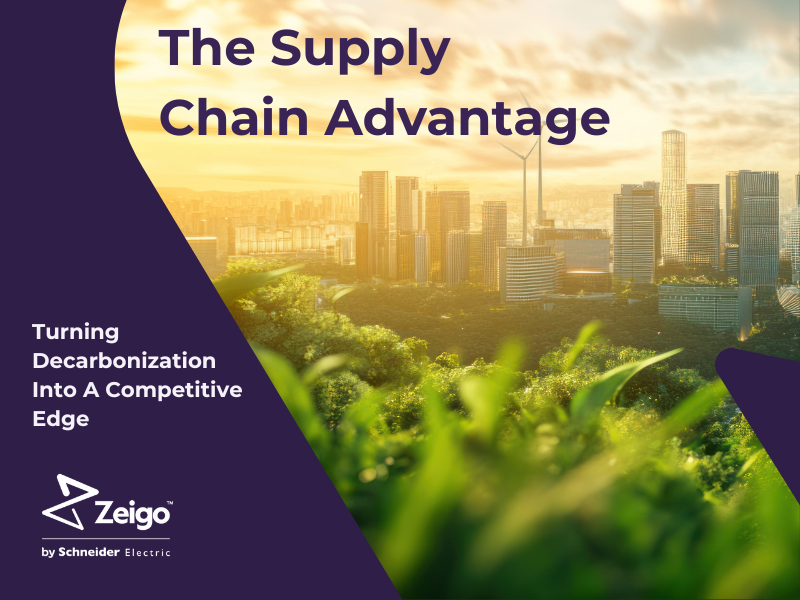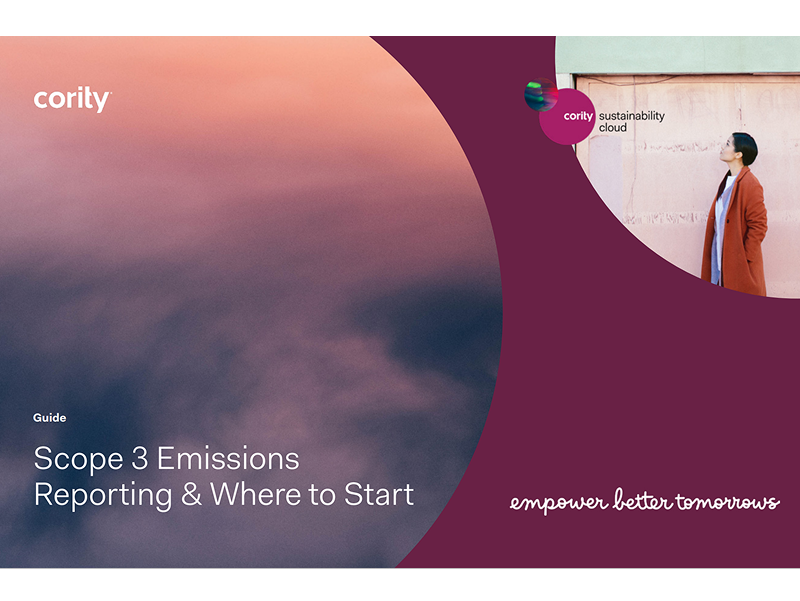What you need to know about new circularity business frameworks
The crowded world of business metrics is increasingly embracing circular economy principles. Here are the latest developments and opportunities. Read More

- New frameworks from groups like B Corps, ISO and UL are embedding circular principles into product, corporate and sector-level metrics.
- Attempting to unify the landscape, the Global Circularity Protocol launching at COP30 will standardize how companies measure and report circularity.
- Circular practices remain difficult to track under legacy emissions protocols, limiting their visibility in Scope 3 reporting.
The circular economy, once an aspirational concept, is becoming standardized across business, from product labels to international frameworks. And the movement will reach a new level when the Global Circularity Protocol (GCP) debuts in November at the U.N. Climate Change Conference (COP30) in Belém, Brazil.
The new protocol — spearheaded by the World Business Council for Sustainable Development (WBCSD) and backed by 50 corporations including Philips, Cisco and Apple — offers a common language and data standards to help companies turn away from extractive and polluting practices.
But the metric is far from the only one currently in play in the circular economy. In the past year a variety of organizations, including B Corps and Underwriters Laboratories, have embedded aspects of circularity into their business metrics.
“Circular economy is kind of the new kid on the block” in the rapidly evolving space of sustainability frameworks and standards, said Alasdair Hedger, the Ellen MacArthur Foundation’s senior expert in performance measurement and reporting.
Business leaders will need to understand and apply these standards to succeed in the emerging circular economy,
New ways to measure what’s circular
According to Hedger, circularity frameworks can be organized into four categories: product, corporate, sector and systemic. The Global Circularity Protocol grew out of a desire to harmonize what amounted to decentralized efforts.
Here’s a sampling of circular-economy considerations being embedded across business at each level:
Product
The Cradle to Cradle Products Innovation Institute in late 2024 added the C2C Certified Circularity pathway to its already rigorous suite of certifications. It encourages companies to develop circular products as varied as sewing thread and window glass. There are scores of other consumer product certifications, such as those in Amazon’s Climate Pledge Friendly program, but most don’t address the full range of circularity attributes.
Corporate
The coming Global Circularity Protocol fits here. So do the latest B Corps standards, which in April added Environmental Stewardship & Circularity as a core topic to advance non-virgin materials and restrict “unnecessary” single-use products and packaging.
In addition, the Taskforce on Nature-related Financial Disclosures (TNFD) and the Science Based Targets Network (SBTN) are pushing companies to set nature-positive and science-based targets, which are often compatible with circularity.
Sector
Efforts include Underwriters Laboratories’ publication in April of new circular standards for EV chargers and other energy equipment. ASTM’s technical standards apply across sectors, too.
Also galvanizing sector-level change: corporate commitments and collaborations, including the U.S. Plastics Pact, the Ellen MacArthur Foundation’s New Plastics Economy and the Circular Electronics Partnership.
Systemic
In the EU, 2025 has been a milestone year for the first monetary reporting requirements for the circular economy under the Corporate Sustainability Reporting Directive (CSRD). Plus, extended consumer responsibility laws for packaging and textiles are spreading in U.S. states, notably California.
The International Standards Organization (ISO) is developing guidance for adopting circular business models, following the May 2024 release of its ISO 59004:2024 definition of circular economy principles and terminology.
Meanwhile, the International Sustainability Standards Board and the Global Reporting Initiative (GRI) are collaborating to harmonize reporting standards, including the integration of circular-economy principles in sustainability and ESG reporting standards.
In a world informed by circularity adherence, companies must look beyond a goal of doing no harm. “It’s about creating value,” Hedger said. That is, companies that operationalize and measure circular practices can seize strategic advantages, reduce future risks and appeal to investors.
Similarly, Filipe Camaño Garcia, the World Business Council for Sustainable Development’s senior manager of the Global Circularity Protocol, positions the new standard’s potential for “unlocking further innovation and financing” across companies and regions.
Defining a circular future
That’s the theory, anyway. In reality, extracting resources from nature, creating products from them and wasting material remains the predominant way of business. In fact, the world is slightly less circular than it was a few years ago, according to the latest Circular Economy Gap report by Circle Economy and KPMG.
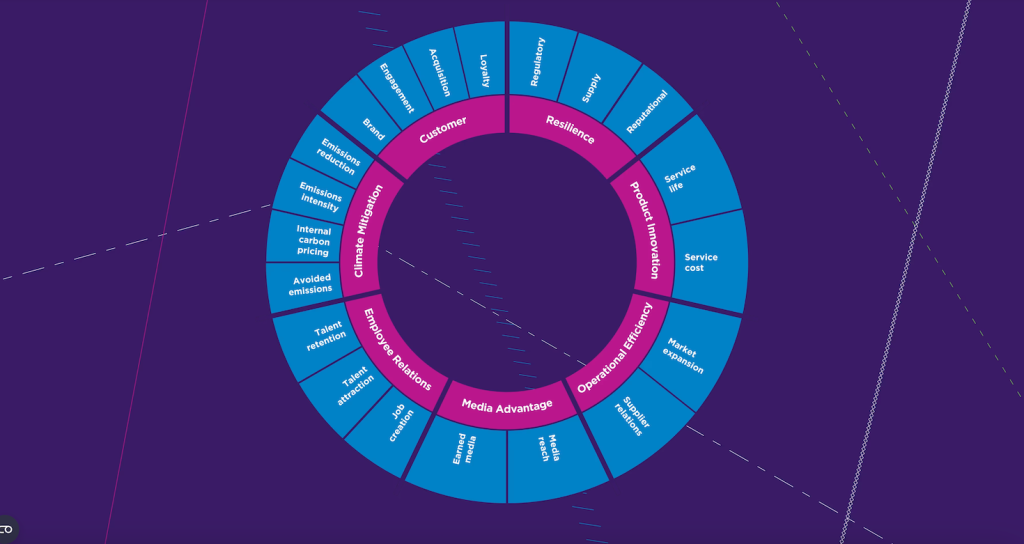
To change that, circular economy proponents urge companies to consider the benefits of measuring and sharing their material and product flows. Knowing the percentage of revenue generated from circular business models, for example, demonstrates how circular practices feed strategic business goals. And grasping how much revenue depends on raw materials can address future risks should resources become constrained.
“For those that are starting to put in place standards, there’s a bit of a first mover advantage,” said Adrian Vannahme, chief operating officer of Reclay StewardEdge, a Winnipeg, Canada, consultancy that helps clients navigate new packaging and waste regulations in Europe and North America.
Closing the materials gap within emissions counts
Meanwhile, there’s a push to integrate circular economy principles throughout the Greenhouse Gas (GHG) Protocol, which informs the frameworks of the Science-Based Targets initiative, the CDP’s data reporting, GRI’s sustainability disclosures and emissions measurements by the investor-focused Task Force on Climate-related Financial Disclosures.
Ellen MacArthur detailed in a January report how legacy sustainability guidance inadvertently “disincentivizes” circular economy activities. For instance, companies can’t see the impact of circular economy activities when they measure emissions. Nor can they easily account for the impacts of reselling, repairing or recirculating products and materials. In turn, it’s hard to unlock the business case for circular economy activities. But a clearer view could bring clarity to reduce Scope 3 emissions across supply chains.
“The circular economy has a key role to play in bringing down emissions,” said Miranda Schnitger, climate lead for foundation. “It’s not just a fuel source question, it’s about how we produce and consume.”
[Join more than 5,000 professionals at Trellis Impact 25 — the center of gravity for doers and leaders focused on action and results, Oct. 28-30, San Jose.]

Subscribe to Trellis Briefing
Featured Reports

The Premier Event for Sustainable Business Leaders





